
The Power of Documentaries: Inspiring Action for Nature Conservation
First, let me say that today, environmental grants are definitely out there and waiting to be leveraged for visual storytelling purposes. That’s the first caveat when we talk about filmmaking and budgets. Many conservation organizations that I work with are leveraging grants to fund videos and films, whether they be short videos, series, or documentaries.
In today’s digital age, documentaries in particular have become increasingly popular and accessible, making them an effective means to raise awareness and inspire change.
Most organizations have a bunch of smartphone videos cobbled together quickly by staff and used once on social media. Documentaries are a completely different and powerful beast with a long shelf life. A documentary also holds a special place in any organization’s video library. It’s their signature film. The one they’re most proud of. The one they show funders, screen at AGMs and events, and use to elevate their organization as a signature place to work for conservation.
What’s even more important though is that a documentary for your conservation organization can be a game-changer in captivating audiences and motivating them to take action for nature.
1. Storytelling that resonates
Documentaries have the unique ability to tell compelling stories that resonate with viewers. By showcasing real-life experiences, struggles, and successes of conservation efforts, documentaries can evoke deep emotions and create a sense of empathy for the natural world. The power of storytelling lies in its ability to connect people on an emotional level, making them more likely to care about the issues presented and take action.
2. Visual impact and immersive experience
Visual storytelling is a potent tool in conveying the beauty and fragility of nature. Documentaries can take viewers on a mesmerizing visual journey through breathtaking landscapes, captivating

3. Education and awareness
Documentaries for conservation organizations provide an excellent platform for education and raising awareness. By exploring pressing environmental issues, documentaries can illuminate complex subjects in a compelling and accessible way. They can present scientific research, expert interviews, and on-the-ground experiences that shed light on the importance of conservation efforts and the consequences of inaction. Documentaries can bridge the knowledge gap and inspire audiences to become informed advocates for nature.
4. Empowering action
While awareness is crucial, inspiring action is the ultimate goal of any conservation organization. Documentaries have the power to not only inform but also empower viewers to take meaningful action for nature conservation. By highlighting concrete steps individuals can take, such as supporting local initiatives, reducing their environmental footprint, or participating in conservation programs, documentaries provide actionable solutions that resonate with audiences. Furthermore, documentaries can profile inspiring individuals and successful conservation projects, igniting a sense of hope and belief that individuals can make a difference.
5. Starting conversations and fostering community
Documentaries act as catalysts for conversations. They can spark discussions among friends, family, and communities about the importance of nature conservation. Social media platforms and online forums provide an opportunity for viewers to share their thoughts, ideas, and experiences, fostering a sense of community and collective engagement. This interaction allows for the exchange of knowledge and the development of new strategies for conservation efforts.
Through captivating storytelling, visual impact, education, empowerment, and community-building, documentaries can create a ripple effect of change. If you want to make a lasting impact and encourage individuals to take actions for nature, consider harnessing the power of documentaries as a powerful tool for your conservation organization. Together, we can protect and preserve the beauty of our natural world.




